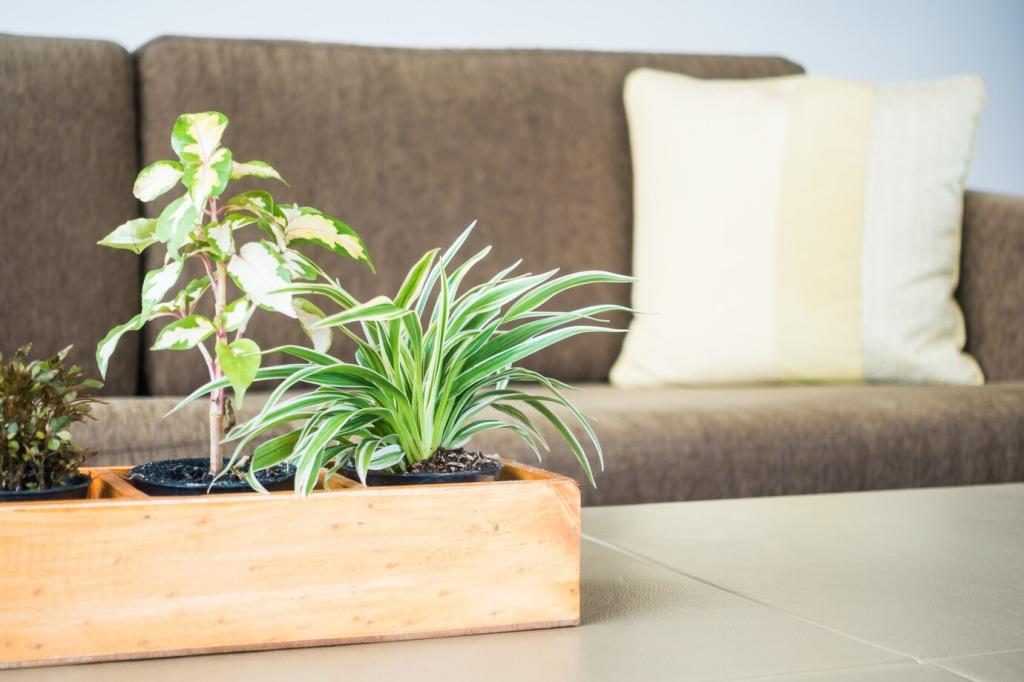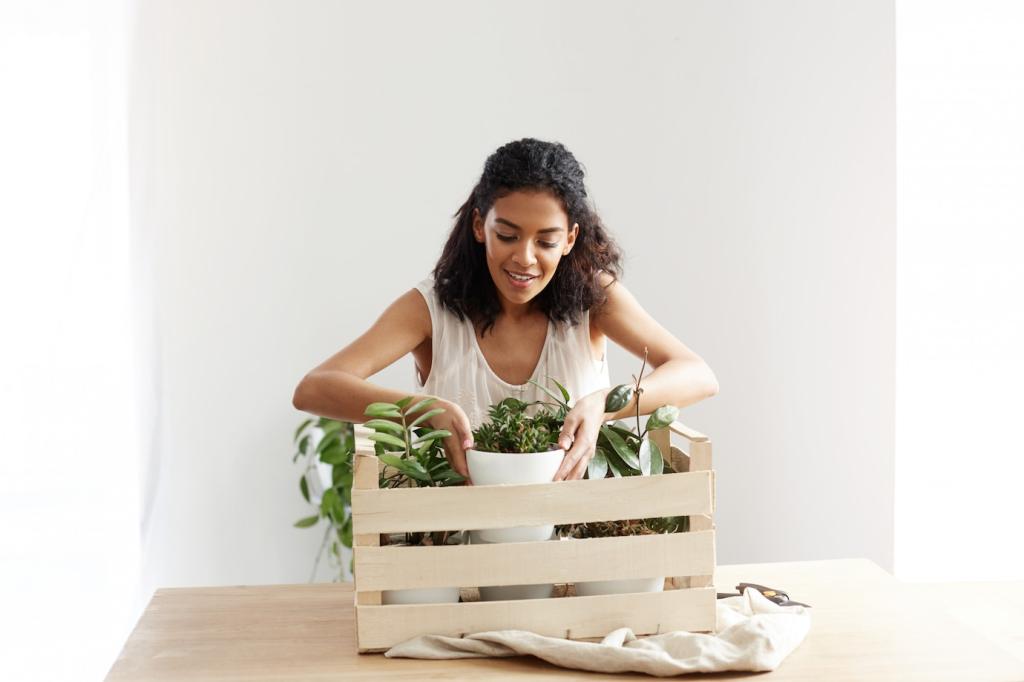Innovative Ways to Use Recycled Materials in Interior Spaces
Chosen theme: Innovative Ways to Use Recycled Materials in Interior Spaces. Welcome to a home that tells richer stories with fewer new resources. Discover imaginative techniques, honest materials, and practical steps to transform cast-offs into character-filled rooms. Join our community, share your favorite reclaimed find, and subscribe for fresh ideas that turn waste into wow.
Design Mindset: Turning Discarded Objects into Timeless Interiors
Circular Principles That Guide Every Choice
Start by asking how a material can be used with minimal transformation, keeping its existing strength and story intact. Favor reversible connections, design for repair, and ensure each element can be upgraded or replaced without wasteful demolition.
Choosing Materials with History and Integrity
Evaluate provenance, structural soundness, and potential hazards. Old growth timbers may offer incredible stability, while vintage glass reveals subtle color variations. Inspect for rot, rust, or toxins, and only keep what is safe to live with daily.
Aesthetic Cohesion Without Looking “Patchwork”
Unify diverse materials through a consistent palette, repeated textures, and balanced proportions. Pair weathered wood with matte metals, echo tones across rooms, and frame focal pieces with calm surfaces so the stories feel curated, not chaotic.
Room-by-Room Ideas That Make Reuse Feel Effortless
Create a media console from reclaimed floorboards mounted on a simple steel frame, letting knots and nail holes shine. Add a vintage ladder as a magazine rack, and cushion a refurbished leather armchair with denim remnant pillows for tactile warmth.

Room-by-Room Ideas That Make Reuse Feel Effortless
Use recycled glass terrazzo for countertops, sealed for stain resistance. Assemble a backsplash from stainless offcuts arranged in chevrons, and install shelving from salvaged maple gym flooring, preserving court lines as playful graphic stripes.
Three DIY Projects You Can Tackle This Weekend
Pallet Coffee Table on Lockable Casters
Select heat-treated pallets, deconstruct carefully, and joint edges for a tight top. Screw from the underside into battens, add corner brackets, then mount industrial casters. Finish with waterborne polyurethane for durability without ambering the wood.
Bottle Cluster Pendant with Warm Diffusion
Collect same-neck bottles, score and thermal-shock cut the bases, and sand edges until smooth. Use a multi-port canopy, cloth cords, and low-heat LED bulbs. Frost interiors for softer light and wire with strain reliefs to protect glass contact points.
Patchwork Rug from Felted Sweaters
Machine-wash wool sweaters hot to felt fibers, then cut squares with a rotary cutter. Arrange gradients, zigzag-stitch panels, and back with recycled rug pad. The result absorbs sound, adds color, and rescues textiles from landfill exile.

Where to Source Recycled Materials Responsibly
Set saved searches with specific terms, use minus filters to skip junk, and enable alerts. Message courteously, ask for dimensions and close-up photos, and confirm pickup logistics to avoid wasted trips or misfit pieces.
Where to Source Recycled Materials Responsibly
Walk yards with a tape measure, moisture meter, and magnet. Ask about previous environments, lead-safe handling, and wood species. Building a relationship often unlocks first pick on incoming lots and better pricing for bundles.
Finishes, Safety, and Long-Term Care
Cleaning and Preparing Old Surfaces
Degrease with mild detergents, neutralize odors with baking soda, and remove wax before sanding. For wood, check moisture content and kiln-dry if needed. Always vacuum dust thoroughly to prevent finish defects and indoor air concerns.
Non-Toxic Finishes That Protect and Shine
Consider bio-based hardwax oils for warm luster, or waterborne polyurethane for abrasion resistance. Test in hidden spots, plan for curing times, and ventilate well. Avoid high-VOC products that undermine your environmental and health goals.
Health Considerations: Lead, Asbestos, and Offgassing
Assume pre-1978 paint may contain lead and test before disturbing. If asbestos is suspected, consult licensed professionals. Choose certified low-emission adhesives and sealers to lock in odors and keep indoor air quality front and center.


Real Stories: Spaces Transformed by Reuse
One renter rescued a five-panel door, added hairpin legs, and created a spacious desk. The patina became a conversation piece, and matching shelf planks made storage feel intentional rather than improvised or temporary.
Real Stories: Spaces Transformed by Reuse
A café owner rebuilt the service counter with crate slats and sealed them for hygiene. Vintage school chairs were tightened and reupholstered, reinforcing the brand’s community ethos while minimizing the renovation’s embodied carbon footprint.
Measure What Matters: Impact and Budget Wins
Log each item’s source, weight, and estimated carbon savings versus new equivalents. Create simple material passports documenting finishes and fasteners, so future repairs and reuse stay easy rather than ending in landfill detours.


Measure What Matters: Impact and Budget Wins
Account for transport, cleaning, fasteners, abrasives, and sealers alongside the free or low-cost material. Compare total installed costs to retail options, and celebrate wins like durable, unique pieces that cost less than mass-market furniture.
